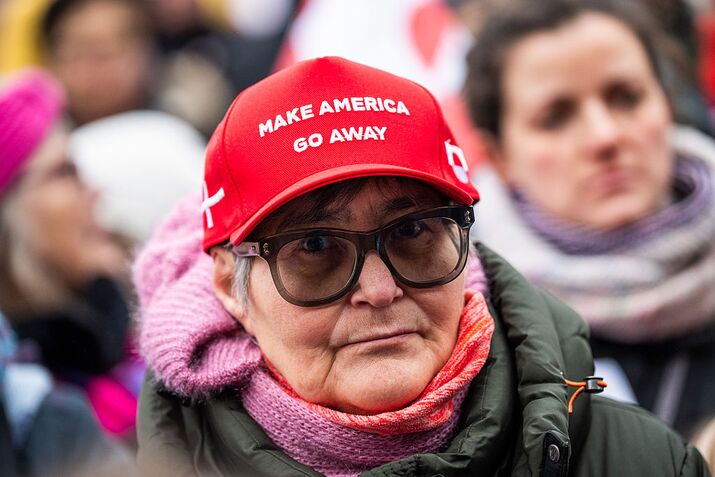Way, to go Mesa! . . . a long way to go for "moving up" from Bronze in 2003 - 12 years.
WTFark is this? All about getting an award?
Via email @ 2:01 pm today from City of Mesa Newsroom
Mesa Earns Silver Award as a Bicycle Friendly Community
The League of American Bicyclists [LAB, logo to left] announced earlier this week that Mesa has earned the Silver designation as a Bicycle Friendly Community, moving up from the previous Bronze designation awarded in 2003.
Mesa’s designation was upped to Silver as a result of the great strides achieved . . . "
OK. That's all to the good, but what's totally ignored are some of the issues brought into focus by a post here on Nov 13 ... and -- speaking of strides -- the fact is that more people walk than bike.
As readers can see in the map to the right,
"bicycle commuting" has increased all over the country since 2003.
For everyday people using bikes it's not a Silver Award, a one-day event like CycloMesa or short-term Bike2Work and School Day events that grab headlines and hype in emails and press releases - Bikes are survival.
The
Winners of Gold Awards had this to say: 'any city can be a great cycling city as long as there’s commitment from a broad range of city leaders and the population as a whole...The lesson we learned is that it has to be a broad-based effort, it can’t just come from the top.” -- Dave Cieslewicz, executive director of the Wisconsin Bike Fed and former mayor of Madison, a city that earned top designation in the same announcement. [link below].
Tucson and Scottsdale have received top designation. Flagstaff, Sedona and Tempe were recognized as well in other categories as well as Gilbert and Phoenix.
An image snapped in Phoenix today while waiting at a Valley Metro Light Right station to return to DT Mesa after attending the LISC annual event at the Phoenix Art Museum shows full racks of the rideshare Grid Bike program not being used, but available.
Original planning in Mesa was for 250 in 2015 that was reduced to100 for next year.
Granted that 'winning' a Bicycle Friendly Community designation shows a community's dedication to creating safer and better places to ride your bike, everyday people using bikes for years as a necessary low-cost self-empowering way to get around - not "for fun" or to "save the planet" - have needed the same assurances getting attention now with increasing urban gentrification and the focus on recreation and physical fitness.
Street vandalism is not infrequent.
Some retail workers remove seats on bikes so they can't get stolen.
Bikes need to be secured with locks to prevent theft. At the Mesa Main Public Library locks are available at the inside information desk for bikes parked in front.
Curious readers might wonder looking at the sign on Main Street to the right if the City is planning to continue being a Bicycle Friendly Community after this year . . .
Some information about The League of American Bicyclists (LAB) located in Washington DC is a non-profit membership organization which promotes cycling for fun, fitness and transportation through advocacy and education
The League was a prominent advocacy group for the improvement of roads and highways in the United States[5] long before the advent of the automobile. The Good Roads Movement in the late 19th century was founded and led by the League, which began publishing Good Roads magazine in 1892.
In 1894 the League voted to prohibit membership by non-white people.[6] Since the League was the governing body for bicycle racing at that time, the League's action effectively banned non-white people from most races in the United States.[7] It was not until 1999 - more than ten years after the Civil Rights Act became the law of the land - the League disavowed the 1894 action.[8]
At its height in 1898, the League had over 103,000 members.[9] Early members included three of the wealthiest men of the Gilded Age: Newport socialites John Jacob Astor, Diamond Jim Brady, and John D. Rockefeller.[9]
The World War II contributed to the success of the League through rationing of motor vehicle fuel and tires. Membership was 614 in 1945, with 200 honorary members in the armed services. However, in the late 1940s, the League went into decline. Factors included the increasing availability of motor vehicles; the "baby boom", which made for difficulties in pursuing recreational cycling; narrow highways; and conformist social attitudes, with a perception of bicycling as a children's activity.
Through the end of the 20th century, the League existed as a national clearinghouse for cycling advocacy, but more so as a social organization, holding three or more regional rallies each year, usually in June, centered on public college campuses in various parts of the USA. Each of these rallies featured mapped rides of various lengths, dormitory housing and meals, a variety of cycling-related lectures, and vendors selling products.
In the late 20th century, the League was criticized for its name: League of American Wheelmen. Also, the term Wheelmen was becoming increasingly obscure. In response, the League began doing business as the League of American Bicyclists in 1994.[13]
The League reached a peak of 24,000 paid memberships in 1997, then declined to around 20,000, where it has remained since
A major change in the direction of the League occurred in 1997 when it moved its offices from Baltimore, Maryland to Washington, D.C., and focused increasingly on advocacy at the federal level
The League has continued to play a leading role in cycling issues into the 21st century. Its Bicycle Friendly America program distributes awards to communities which have adopted measures to accommodate and encourage bicycle use.
http://www.bikeleague.org/







No comments:
Post a Comment